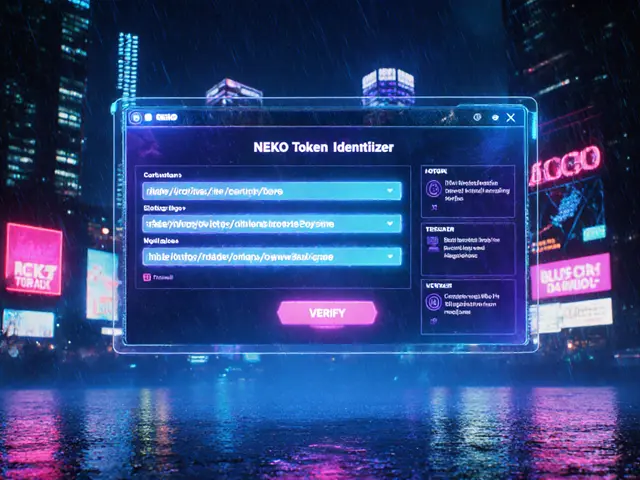
MTRX Token – What You Need to Know
When working with MTRX, a blockchain‑based token that blends DeFi utility with scalable architecture. Also known as Matrix Token, it aims to give holders real governance power while keeping transaction costs low. MTRX token is built on a proof‑of‑stake layer, which means it can process thousands of moves per second without burning energy. This opening definition sets the stage for the range of topics you’ll see in the posts below.
One of the fastest ways to get your feet wet with airdrop, a distribution method where free tokens are given to eligible users is to follow the MTRX community channels. Airdrops influence MTRX’s community growth because they lower the barrier to entry, spark early trading activity, and create a buzz that can boost liquidity. The guides in this collection walk you through eligibility checks, safety tips, and step‑by‑step claim instructions so you avoid scams and claim every legit token.
Another hot trend that can intersect with MTRX is self‑sovereign identity, a model where users control their own digital IDs on a blockchain. Projects building on MTRX’s smart‑contract layer can issue verifiable credentials that live on‑chain, giving users the power to prove age, residency, or professional status without handing over data to a third party. This link shows how MTRX can serve as a backbone for privacy‑focused applications, expanding its usefulness beyond simple token swaps.
Technical performance matters, too. Transactions involving MTRX travel through the mempool, the waiting area where pending blockchain transactions sit before miners pick them up. Mempool priority determines how fast your transfer lands on the chain, especially when the network is crowded. Understanding fee tiers, tip strategies, and the impact of congestion helps you time moves so you won’t overpay or get stuck in limbo. The mempool guide included in the list explains these nuances in plain language.
Why These Concepts Matter Together
MTRX encompasses tokenomics, governance, and a developer‑friendly SDK, which means anyone can build a DeFi app, an NFT marketplace, or an identity solution on top of it. Because it requires a solid blockchain foundation, the token’s success leans heavily on infrastructure like fast mempool processing and community incentives such as airdrops. At the same time, self‑sovereign identity projects can leverage MTRX’s low‑cost contracts to store encrypted credentials, creating a feedback loop where more use cases drive higher demand for the token.
In short, if you’re curious about earning free MTRX, protecting your digital identity, or just sending a token without paying an arm‑and‑leg fee, the articles below give you actionable steps. You’ll find real‑world examples, checklists, and easy‑to‑follow tutorials that break down each topic without drowning you in jargon. Dive in to see how each piece fits into the bigger MTRX ecosystem and start applying the insights today.




